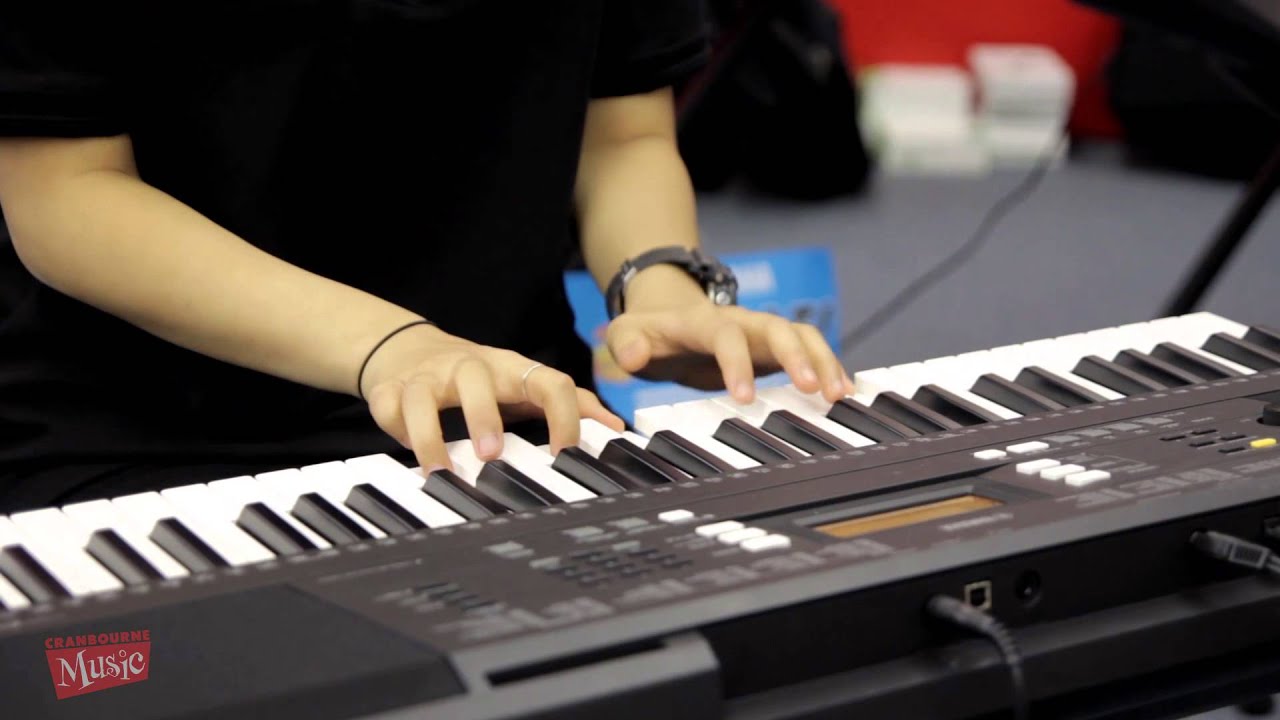
PSR-SX600 styles have 4.Īrranger keyboards are designed to allow for easy real-time arrangement of a song, so they typically include buttons that trigger these song sections, so that players can decide on the fly when the auto-accompaniment should, say, switch to another variation, insert a fill, or finish the song with an outro.
Arranger keyboard styles typically include at least one variation. A lot of songs are also played with variations of how instrumental parts such as the drums and bass line are played. Arranger styles typically include song sections that are intended to match the style - thus a bossa nova intro, R&B intro, and rock intro will sound different from one another. Many songs are built out of song sections such as intros, verses, choruses, bridges, outros, etc. These two points can be different, although I believe they default to identical positions. The PSR-SX600 gives you two split points - the Style Split Point for splitting the chord and voice sections, and the Left Split Point for splitting between left hand zone and right hand zone.

Some arrangers, such as the PSR-SX600 will let you set this split point between the style side of the keyboard, and the melody side. Thus, the arranger keyboard will typically be split into 2 zones with the left zone designated for style management - the manuals calls this zone the "chord section" - and the right zone - "voice section" - for melody. Your virtual backing band will play their harmony parts in a given key until you play a different set of notes with your left hand. The typical way to play an arranger is to manage the auto-accompaniment with your left hand and play the melody with your right hand. This post is focused on my first impressions of the PSR-SX600, and thus is not intended to be a thorough review of all its capabilities.Īn arranger keyboard is typically set up so that notes that you play with your left hand will influence the bass line and other harmonies being played by the auto-accompaniment. I eventually learned over time about arranger features and started to get more and more interested. I did not use its arranger features at all, because I didn't understand what an arranger could do for me. My first was a 76-key arranger from Yamaha's DGX series which was in production around 2003, but I only used it to practice piano material that I learned from my last piano teacher. The Yamaha PRS-SX600 is the second arranger keyboard that I've owned.


 0 kommentar(er)
0 kommentar(er)
